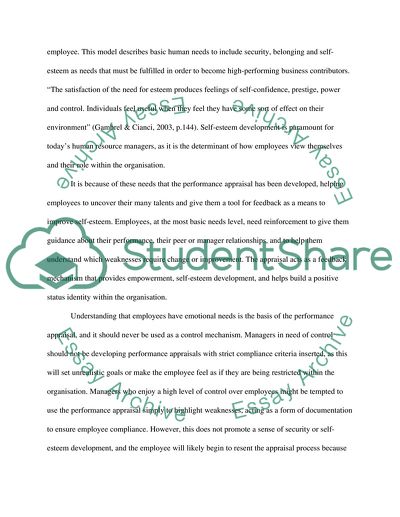Cite this document
(Employee Learning, Not Management Control, Is The True Purpose Of Essay, n.d.)
Employee Learning, Not Management Control, Is The True Purpose Of Essay. https://studentshare.org/human-resources/1566157-human-resource
Employee Learning, Not Management Control, Is The True Purpose Of Essay. https://studentshare.org/human-resources/1566157-human-resource
(Employee Learning, Not Management Control, Is The True Purpose Of Essay)
Employee Learning, Not Management Control, Is The True Purpose Of Essay. https://studentshare.org/human-resources/1566157-human-resource.
Employee Learning, Not Management Control, Is The True Purpose Of Essay. https://studentshare.org/human-resources/1566157-human-resource.
“Employee Learning, Not Management Control, Is The True Purpose Of Essay”. https://studentshare.org/human-resources/1566157-human-resource.


